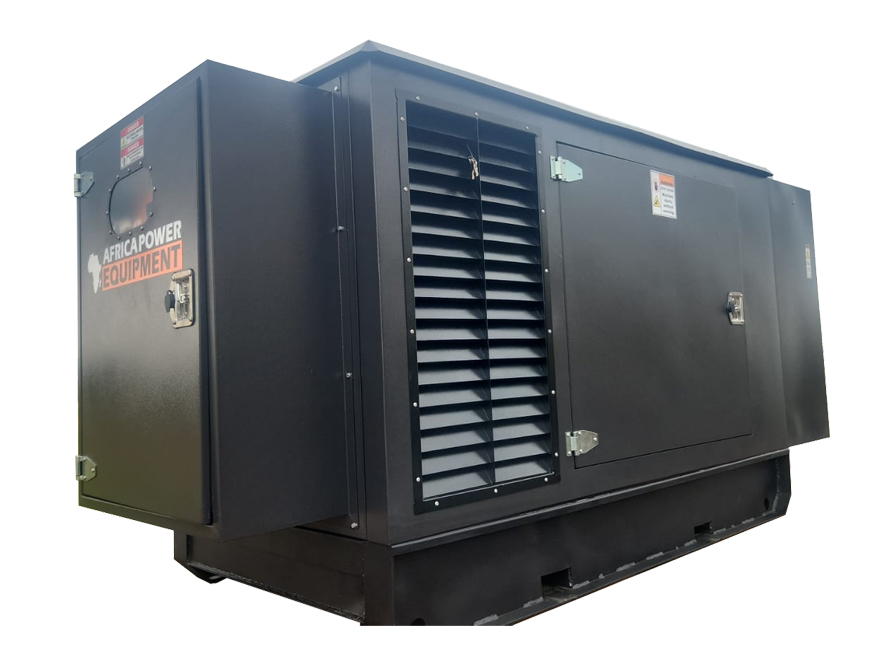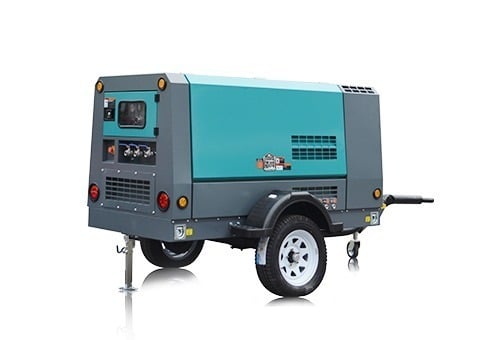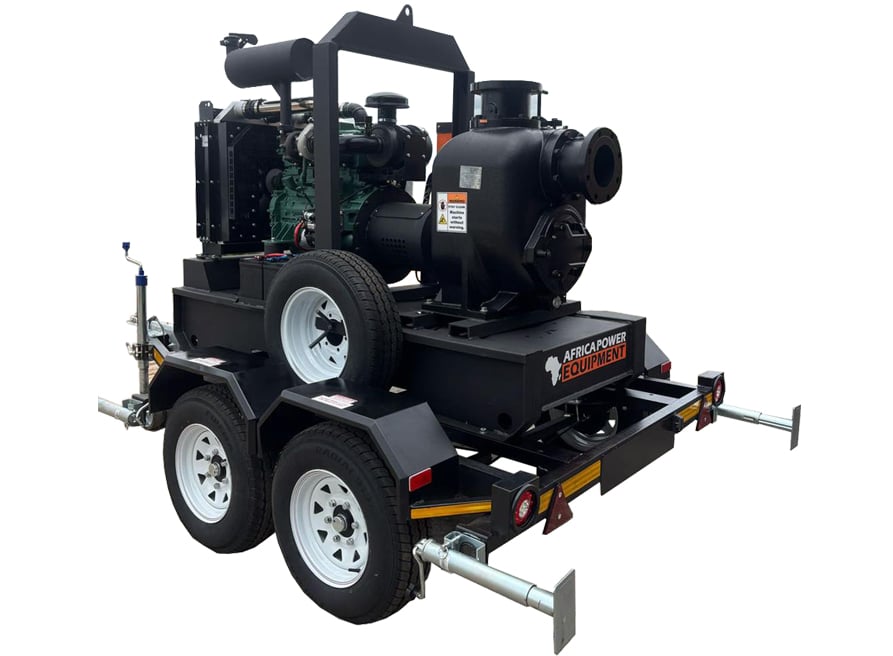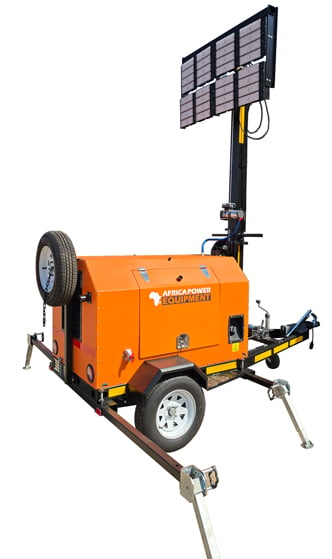How Lighting Towers Support Emergency Services in South Africa
Lighting towers are indispensable tools across industries, but their role becomes even more critical during emergencies. From accident response and disaster relief to crime scenes and medical support, reliable lighting is vital for operations that happen in low-light or nighttime conditions.
In this article, we’ll explore how lighting towers are used in emergency services, the features to look for, and why mobile towers are a must-have for rapid-response teams.
🚨 Why Emergency Services Need Lighting Towers
In crisis situations, visibility is safety. Emergency personnel, first responders, and aid workers rely on adequate lighting for:
-
Night-time accident scenes
-
Search and rescue operations
-
Firefighting in remote or dark areas
-
Medical triage stations during blackouts
-
Securing areas during disasters
-
Crime scene investigation
-
Temporary shelters or refugee camps
Without dependable lighting, it’s difficult to operate equipment, assess danger zones, or assist victims effectively.
⚙️ Key Features for Emergency Lighting Towers
When choosing lighting towers for emergency use, certain features make a big difference:
1. Rapid Deployment
-
Look for trailer-mounted or skid-mounted towers with hydraulic or manual mast lift.
-
Set-up time should be under 10 minutes.
2. High Lumen Output
-
Emergency scenes need bright, wide-area coverage.
-
LED towers with 100,000+ lumens are ideal.
3. Fuel Efficiency and Runtime
-
Diesel-powered units should run 30–70 hours per tank.
-
Hybrid and solar-powered options extend runtime with lower fuel dependency.
4. Portability
-
Lightweight, towable towers or compact units are easier to maneuver into hard-to-reach locations.
5. Durability
-
Equipment must withstand harsh weather, rough terrain, and long operating hours.
6. Low Noise
-
Quiet operation is essential for medical zones or areas with distressed individuals.
7. Optional Power Outlets
-
Some towers include AC sockets or USB ports to power tools, charge radios, or run diagnostic equipment.
🔦 Real-World Use Cases
✅ South African Police Services (SAPS)
Lighting towers are used for:
-
Setting up temporary checkpoints at night
-
Investigating accident or crime scenes
-
Controlling crowds during major incidents or protests
✅ Emergency Medical Services (EMS)
-
Triage stations at outdoor events or rural disaster zones
-
Power backup for medical devices during load shedding
✅ Disaster Response Teams
-
Flood relief, earthquake zones, or firefighting units use towers to illuminate work zones overnight.
✅ Security and Private Contractors
-
Deploy lighting towers to prevent looting or secure vulnerable locations after a major event.
🌱 Solar & Hybrid Towers in Emergencies
Hybrid and solar-powered towers are gaining popularity among emergency services:
| Feature | Benefit |
|---|---|
| Solar recharge capability | Continuous operation off-grid |
| Battery backup | Run silently without diesel |
| Lower fuel usage | Ideal during fuel shortages |
| Environmentally friendly | Great for long-term deployments |
🔗 Related Articles for Further Reading
🧠 Final Thoughts
Lighting towers are crucial assets for emergency services. Whether it’s police, medical teams, or disaster relief crews, the ability to light up a critical area quickly and efficiently can make the difference between success and failure. Investing in mobile, reliable, and fuel-efficient lighting towers prepares your team for any situation — day or night.
Looking for lighting towers designed for emergency response? Explore rugged and ready-to-deploy units at PowerEquipment.co.za, built for reliability when it matters most.





